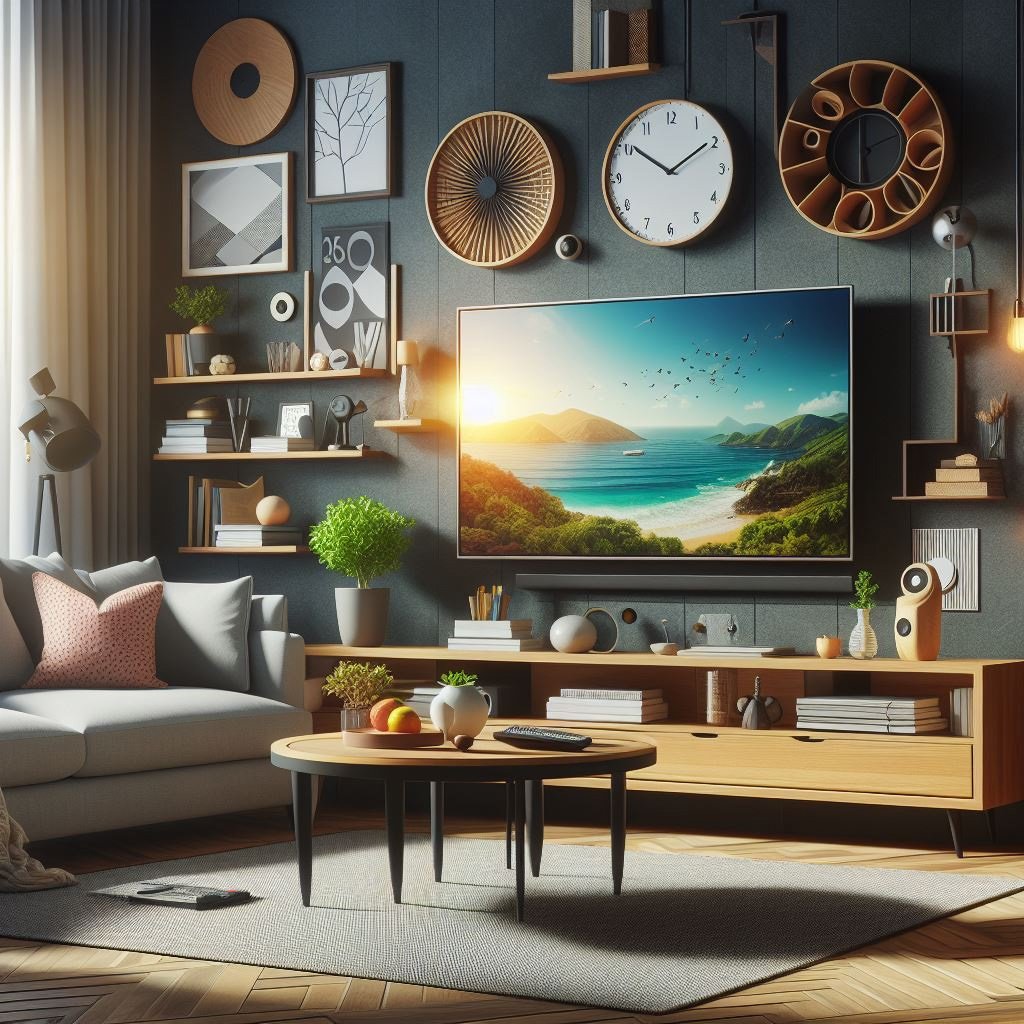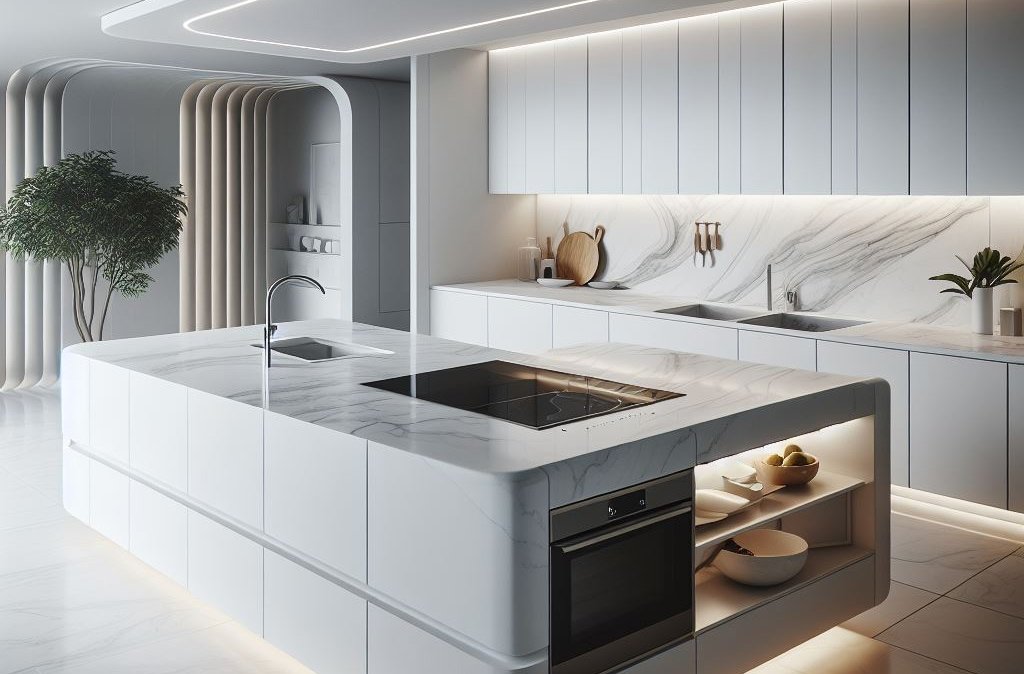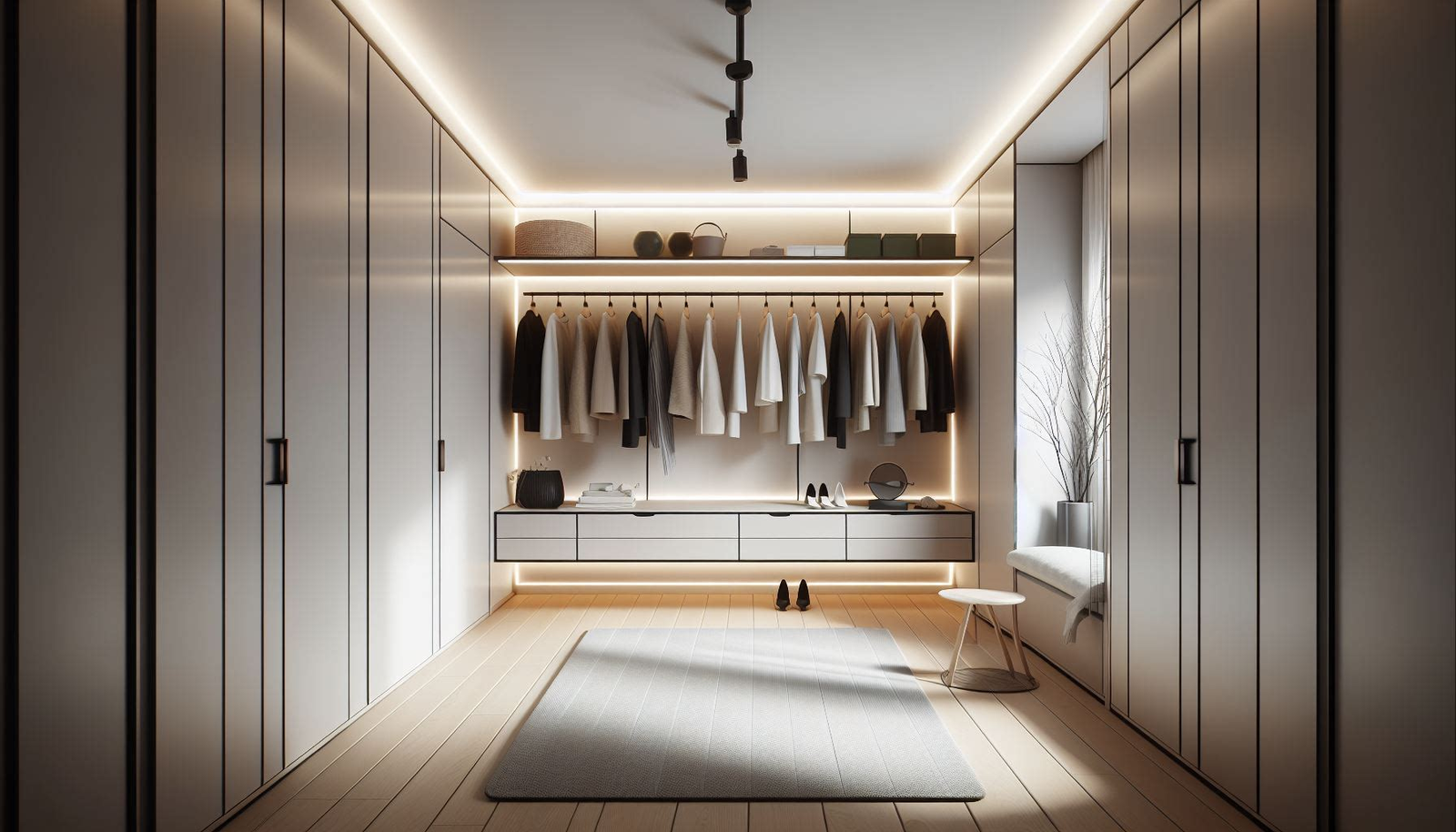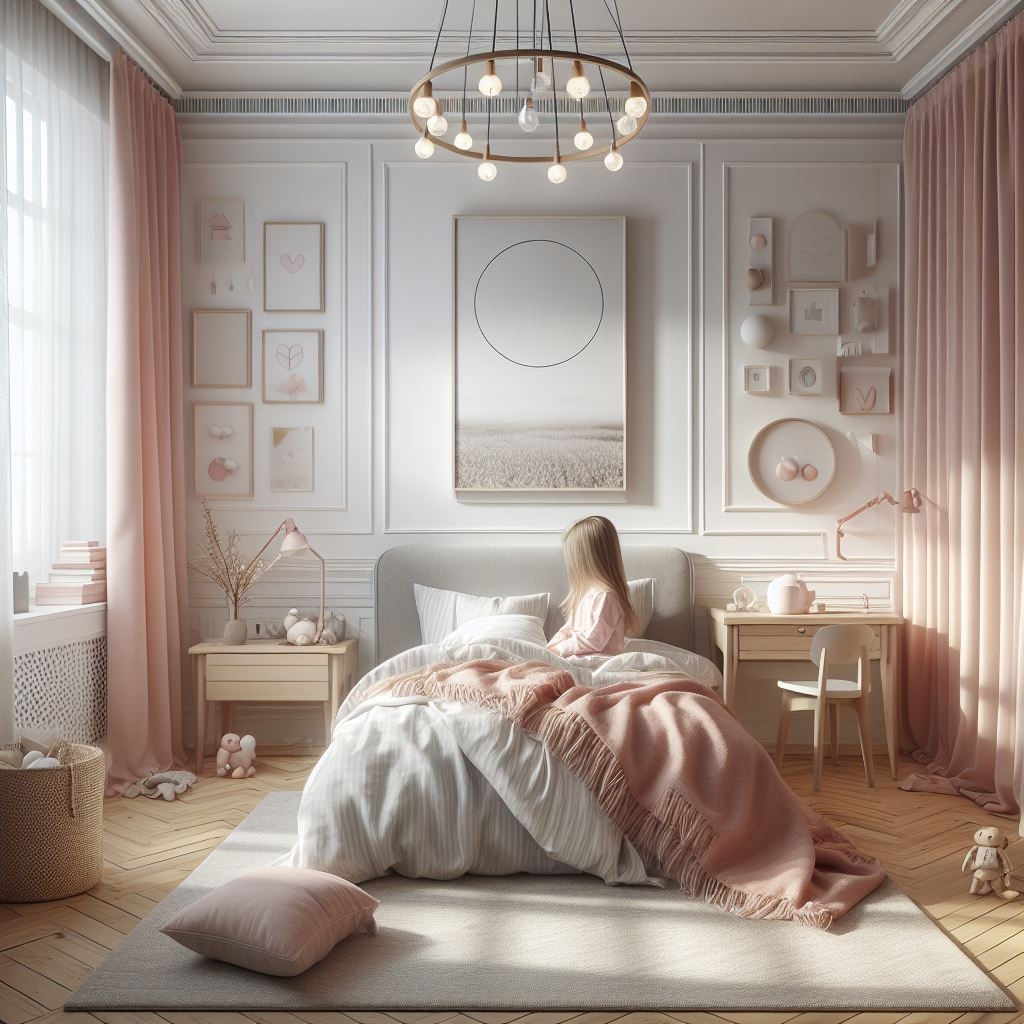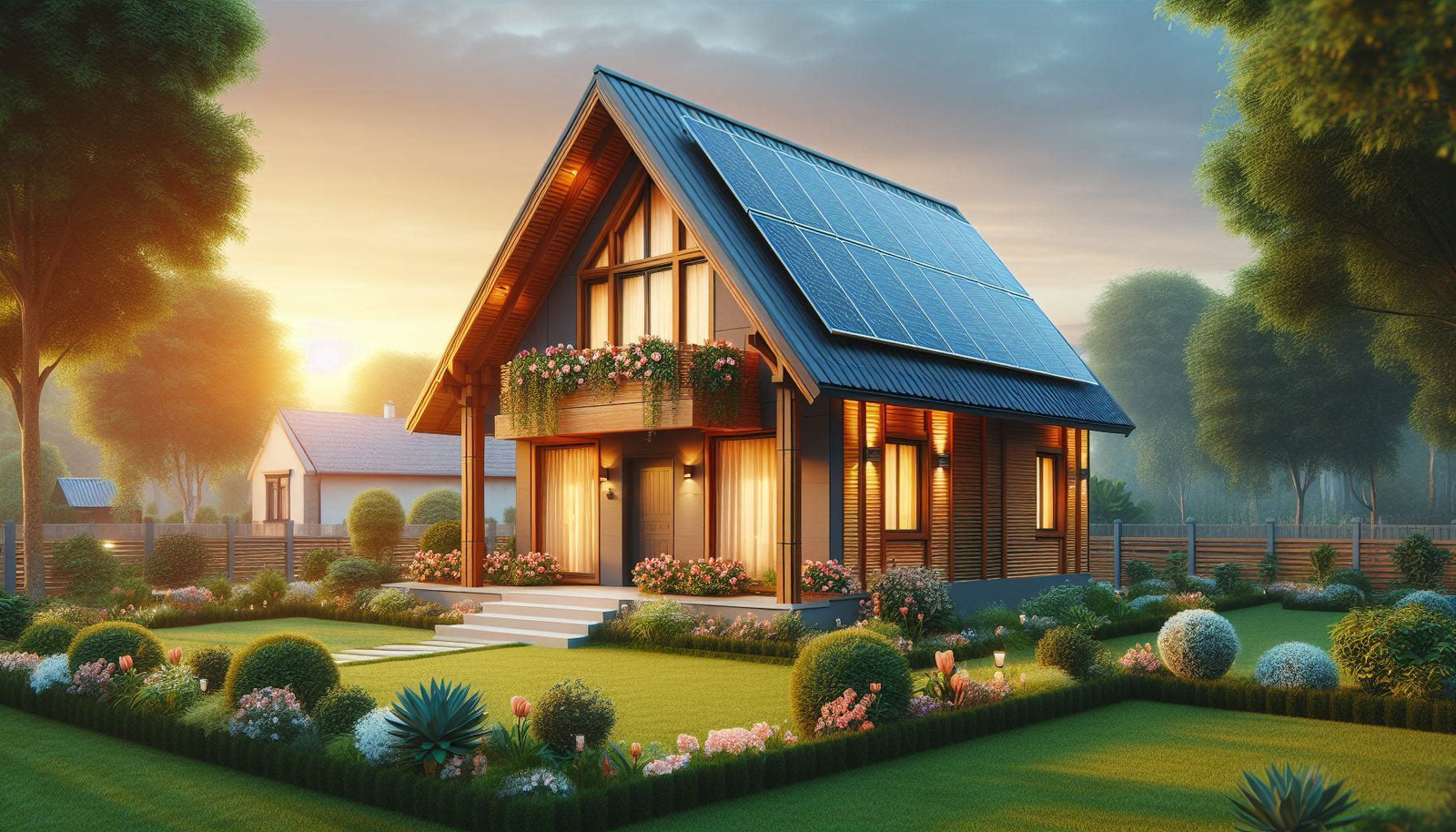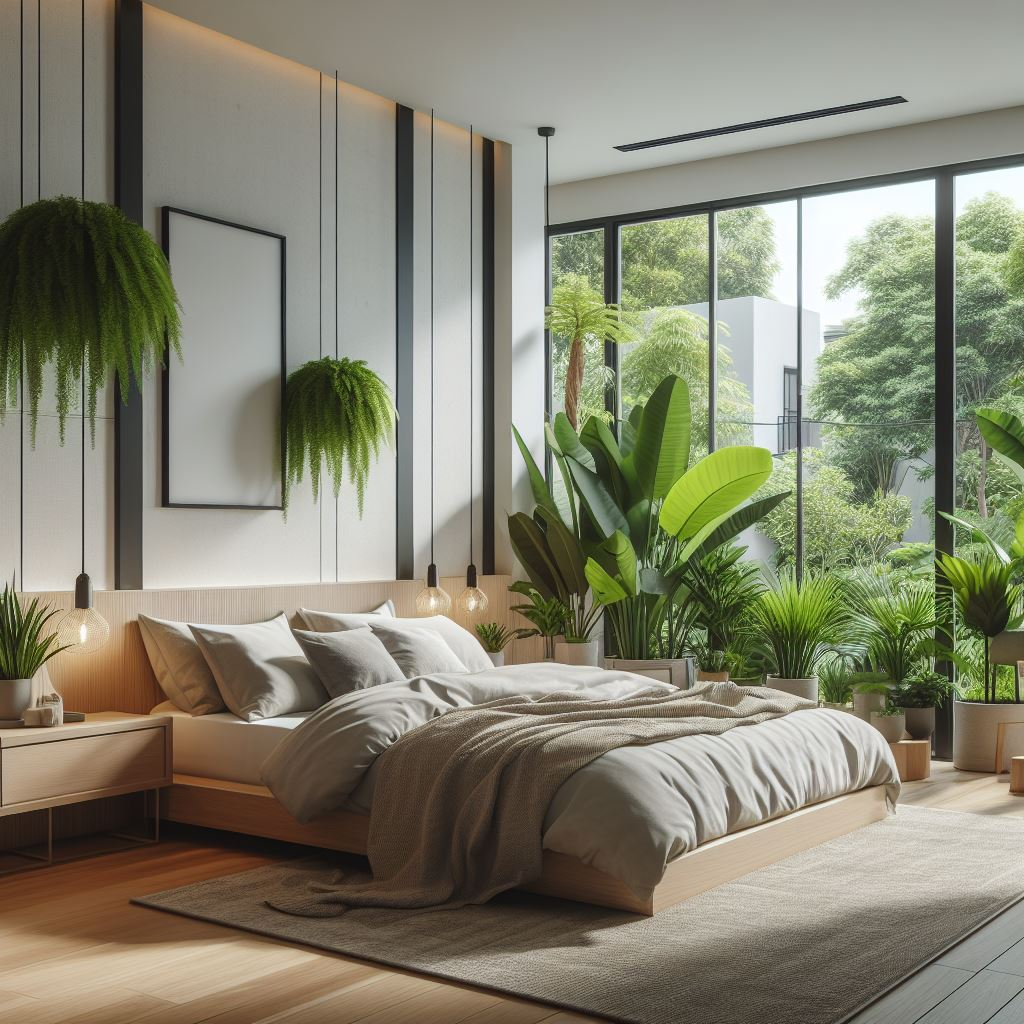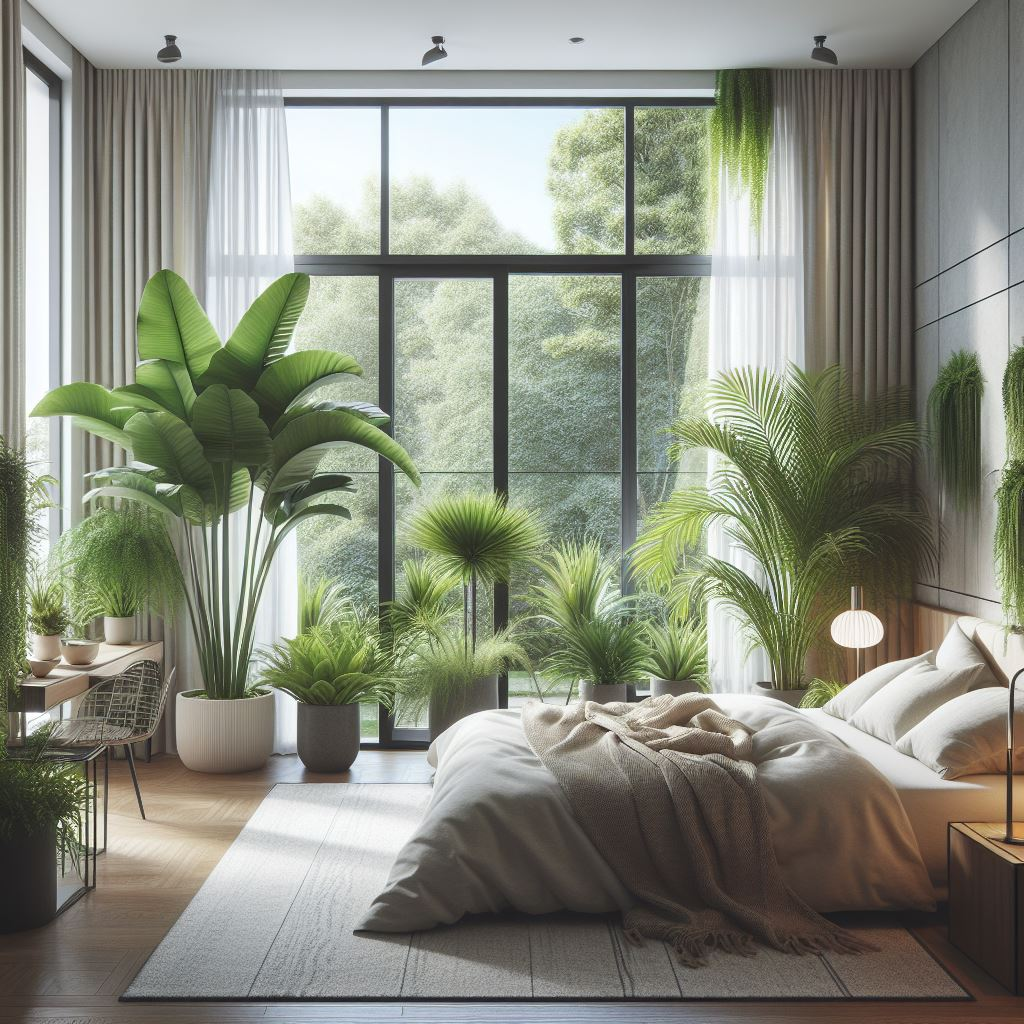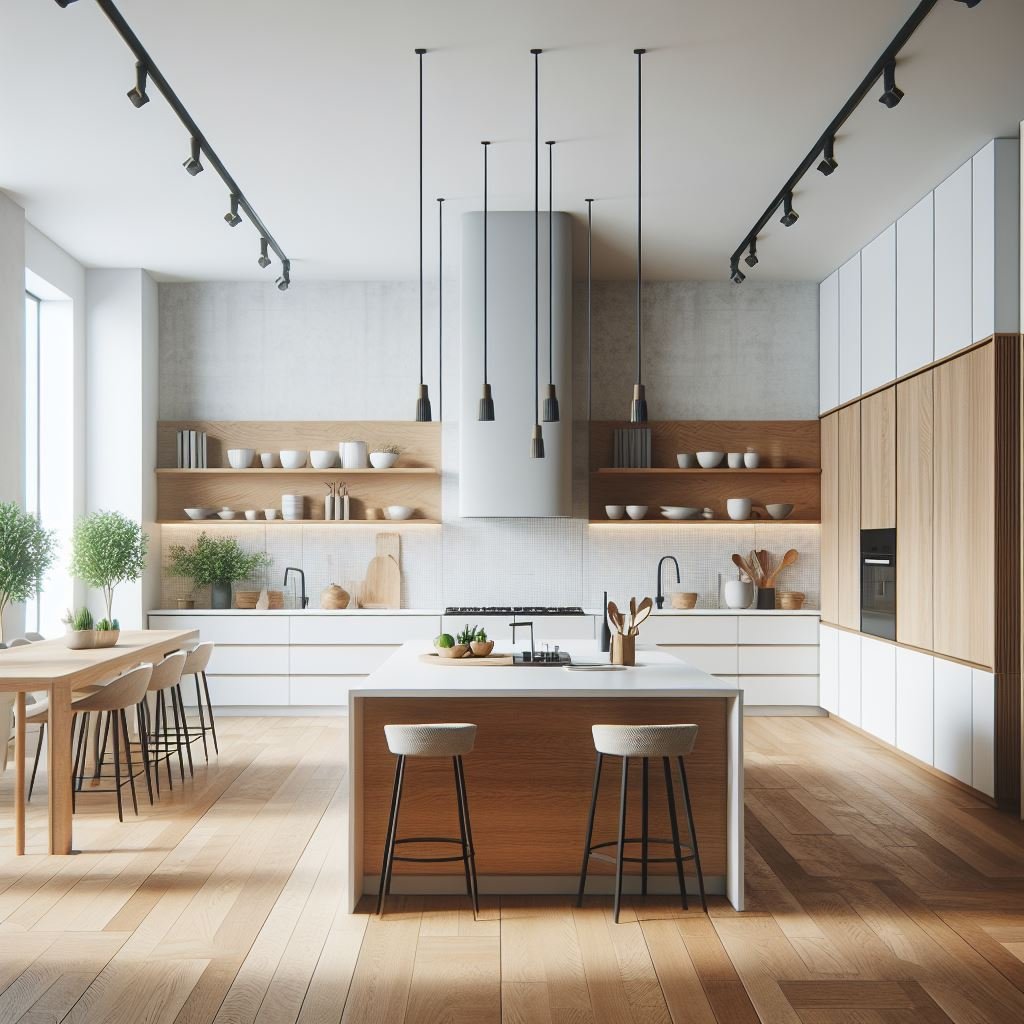A minimalist bedroom is a bedroom that follows the principle of “less is more”. It is a bedroom that eliminates unnecessary clutter, decorations, and furniture, and focuses on the essential elements that create a comfortable and relaxing space. A minimalist bedroom is also a bedroom that embraces natural light, which can improve the appearance, mood, and health of the space. In this article, we will share some tips and ideas on how to design a minimalist bedroom with sunlight, and why it is beneficial to do so.
Benefits of a Minimalist Bedroom with Sunlight
There are many benefits of having a minimalist bedroom with sunlight, both for the aesthetics and the well-being of the occupants. Some of the benefits are:
A minimalist bedroom with sunlight can make the space look bigger, brighter, and more inviting. A dark bedroom with small windows can create a gloomy and cramped atmosphere, while a light-filled bedroom can create a sense of openness and spaciousness.
A minimalist bedroom with sunlight can enhance the color scheme and the visual appeal of the space. A natural light source can bring out the true colors and textures of the materials, furniture, and accessories, and create a more elegant and harmonious effect. A natural light source can also create interesting shadows and contrasts, and highlight the architectural features of the space.
A minimalist bedroom with sunlight can boost the mood and the productivity of the occupants. Studies have shown that natural light can increase the levels of serotonin and melatonin, which are hormones that regulate the mood, sleep, and circadian rhythms. Natural light can also reduce the eye strain and the fatigue caused by artificial lighting, and improve the concentration and the creativity of the occupants.
A minimalist bedroom with sunlight can save energy and money. By relying more on natural light and less on artificial lighting, a minimalist bedroom can reduce the electricity consumption and the carbon footprint of the space. Natural light can also provide passive heating and cooling, depending on the season and the orientation of the windows, and lower the need for mechanical systems.
Tips and Ideas for Designing a Minimalist Bedroom with Sunlight
There are many ways to design a minimalist bedroom with sunlight, depending on the size, layout, and style of the space. Here are some general tips and ideas that can be applied to any minimalist bedroom:
Choose a light and neutral color scheme for the walls, bedding, and furniture. Light and neutral colors can reflect and amplify the natural light, and create a clean and airy look. Avoid dark and saturated colors that can absorb and diminish the natural light, and create a heavy and dull look.
Opt for simple and sleek furniture that has a smooth and streamlined surface. Simple and sleek furniture can create a minimalist and modern look, and reduce the visual clutter and distraction. They can also make the space look more spacious and less busy.
Incorporate storage solutions that can hide and organize items without blocking the natural light. Storage solutions, such as under-bed drawers, wall-mounted shelves, or built-in closets, can create a sense of order and tidiness, and showcase the items in a neat and stylish way. They can also add some texture and color to the space, as long as the items are curated and coordinated.
Use natural materials and finishes that can add warmth and contrast to the space. Natural materials and finishes, such as wood, linen, cotton, or wool, can add some character and personality to the minimalist bedroom, and create a balance between the contemporary and the organic. They can also enhance the natural light with their subtle variations and reflections.
Install large and strategically placed windows and skylights that can bring in the maximum amount of natural light. Large and strategically placed windows and skylights can flood the space with natural light, and create a connection with the outdoors. They can also provide ventilation and views, and improve the quality and the comfort of the space.
Add some plants and flowers that can bring some life and color to the space. Plants and flowers can bring some freshness and vitality to the minimalist bedroom, and create a contrast with the simple and sleek surfaces. They can also purify the air and the mood, and thrive in the natural light.
Conclusion
A minimalist bedroom with sunlight is a bedroom that combines the principles of minimalism and biophilia, which are two design trends that promote simplicity, functionality, and well-being. By following some tips and ideas, such as choosing a light and neutral color scheme, opting for simple and sleek furniture, incorporating storage solutions, using natural materials and finishes, installing large and strategically placed windows and skylights, and adding some plants and flowers, you can design a minimalist bedroom with sunlight that is beautiful, practical, and healthy.
Follow 3DAI.IN on Instagram to see stunning interior designs
